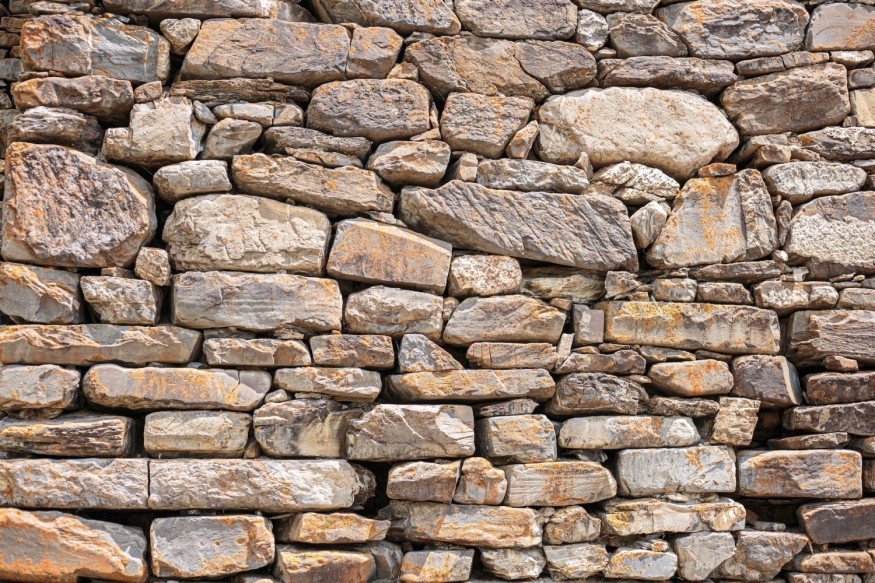
A new research suggests that a prehistoric wall found in the northern parts of Peru was constructed to safeguard important farmlands and canals against the El Niño flood's ravaging effects.
Prehistoric Desert Wall in Peru and Its Possible Ancient Usage
According to Live Science, several archaeologists have proposed that the Muralla La Cumbre Wall, situated close to the Trujillo, was constructed by the Chimú to guard their terrains from Incan invasions. However, recent research suggests that the wall, which spans 6 miles through the desert, may have been constructed to hamper the effects of intense floods during northern Peru's wettest weather phases.
Such phases are referred to as El Niño. which stands for "the Boy" in Spanish. This is due to how it brings about strong rains during the Christmas season every couple of years.
Despite how El Niño leads to extreme dryness, or even drought, in certain locations, such as Ecuador and northern Peru, it is known to bring heavy rains and unfavorable weather. According to archaeologist Gabriel Prieto, who is from the University of Florida, the floods brought by this condition are said to have brought grave danger to the Chimú.
As per Prieto, it was noted that the annual rainfall is usually "very low," which means there is little to almost completely no rain. The archaeologist also noted that whenever they get high rainfall, this would be followed by heavy damage.
ALSO READ : Did Ancient Maya Tracked Comets and Novas? Experts Present New Evidence of This Astronomical Feat
Origins of the Chimú.People
Research reveals how the Chimú.people's Chimor kingdom first emerged around A.D. 900, which is sometimes known as the "Early Chimú." This is because of how the territories existed within the land occupied by the Moche people.
The Chimú people had a unique diety, unlike other tribes, as they worshipped the moon. According to Encyclopedia of Prehistory by Springer in 2022, the Chimús differed from the Incas.
The Chimú also remained independent until 1470, when the Incas conquered them. Eventually, the Spanish arrived in South America a few decades later.
Some things the Chimú people are known for include their unique form of metalwork and pottery. This extends to their craftsmanship which can be seen in Chan Chan, their capital, which is now in ruins.
Chan Chan was listed as a World Heritage site by the United Nations.
The La Cumbre wall, which stands at 2.5 meters, was examined by Prieto. Upon discovery, it was found that the wall's eastern side had flood sediment layers.
Prieto's findings suggest that the wall was constructed to provide protection to farmlands in the west owned by the Chimú people. These farmlands were situated beside the coast.
The archaeologist highlighted that the wall's lowest layer of radiocarbon reveals that it could have been constructed after a great El Niño flood, which potentially took place around the year 1100.
RELATED ARTICLE : Asia's Tallest Tree Discovered Hiding in the World's Deepest Canyon Located in China
Check out more news and information on Archaeology in Sciencetimes.
© 2026 ScienceTimes.com All rights reserved. Do not reproduce without permission. The window to the world of Science Times.












